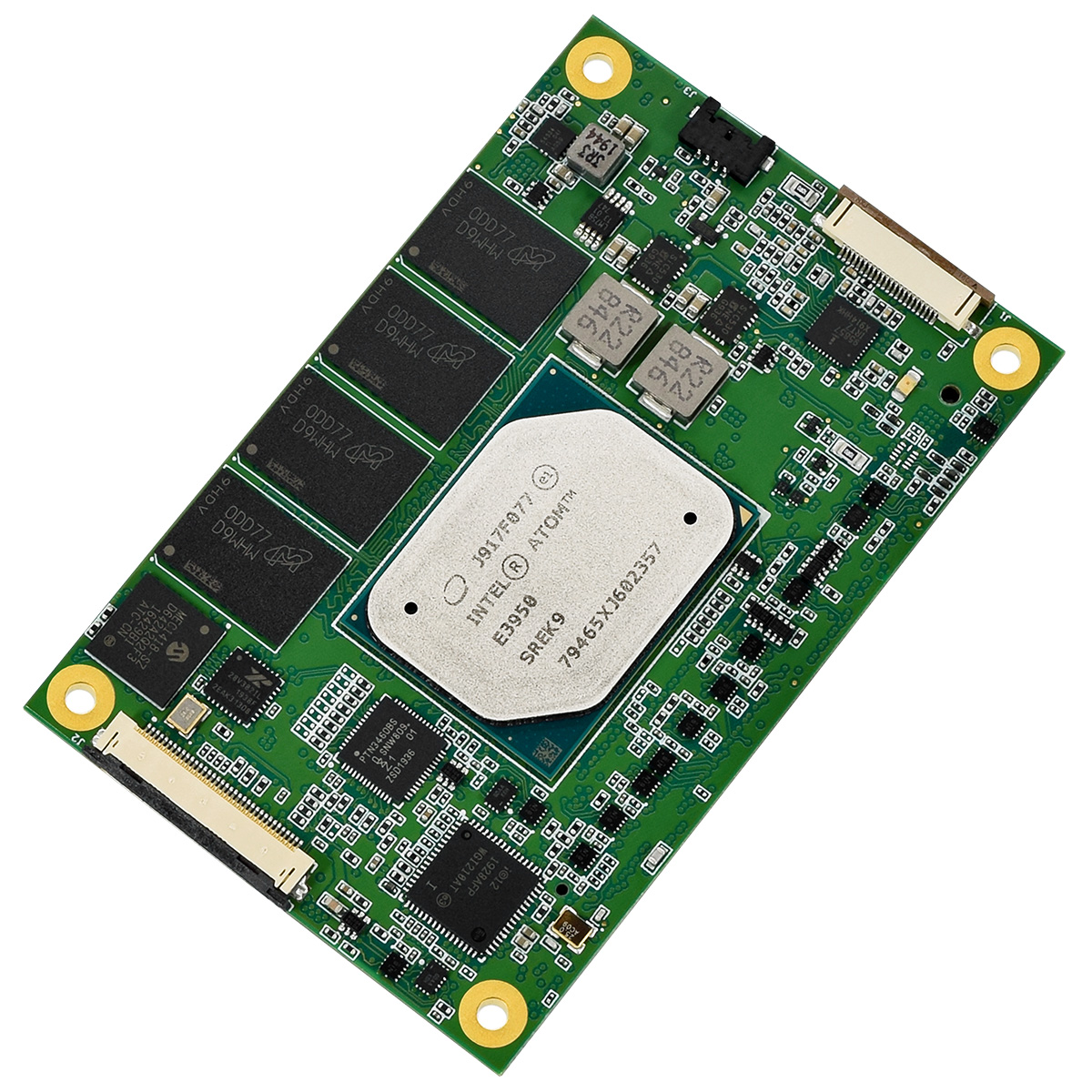
We are experiencing a global engineering shortage. That shortage extends to both hardware and software engineers. There are many reasons for this shortage. Experts often cite the lack of “glamour” that comes with being an engineer, as opposed to someone who is more entrepreneurial.
According to the Bureau of Labor Statistics, economic projections say that, by 2025, we will need about one million more engineers than the U.S. will produce at the current rate. It’s safe to say that we have reached the critical stage. While enrollment at U.S. colleges for engineering students continues to fall, enrollment for computer science majors continues its three-decade rise.
Looking at the other side of the coin, you could make the argument that the engineers themselves have profited from this shortage. The old “supply and demand” adage certainly applies here, and it’s often the care that experienced engineers are being lured away by competitors with promises of big salaries and signing bonuses.
Embedded Feels the Pain, Too
The embedded-computing sector is a victim to this shortage as well, maybe even more so than other areas. An embedded engineer/developer often has to be an expert in both hardware and software, and has to understand the networking and communications aspects as well.
Going even further out on the limb is the engineer working with rugged systems. This is an area that requires an expertise beyond the typical embedded engineer. It requires working with specialized equipment and specific application-oriented hardware. The engineer needs to know for certain that his platform will operate properly in extreme heat and humidity conditions and potentially be subjected to high levels of shock and vibration.
Adding yet another wrinkle to the engineering shortage is the chip shortage that the world is now experiencing. That exacerbates the problem in that many of today’s designs require re-engineering to account for the inability to acquire the necessary ICs.
Know Your Options
If you’re an OEM in the embedded technology space, what options do you have? There are a few, some of them better than others.
1) You can stick with an older design, one that doesn’t require much, if any, engineering.
2) You can outsource to an engineering services company, one that may understand your goals and objectives—or may not.
3) You can work with a systems integrator that has a history of delivering high-quality products on time and on budget.
If you opt for number three, a great starting point are the engineers at WINSYSTEMS, who have been developing rugged embedded computing solutions for more than 40 years, all in its facility in the United States.
Part of the WINSYSTEMS mantra is to ensure that the company’s embedded systems are durable enough to function dependably and predictably 24/7/365, in any operating environment, including handling temperatures from -40°C to +85°C. This occurs thanks to rigorous testing and quality checks.
The company’s engineering team can help OEMs and systems integrators identify the right products, adapt off-the-shelf components where possible, or develop a custom solution when necessary. In addition, “after-the-sale support” is assumed.
WINSYSTEMS’ products and manufacturing services are designed for performance-driven applications, such as industrial automation, security, medical/diagnostic equipment, MIL/COTS, test and measurement, and transportation. A mix of single-board computers (SBCs) and computer-on-modules (COMs) make up the majority of the product portfolio. Supported specifications include PC/104, EBX, EPIC, SBC35, ITX, ATX, MiniPCIe, and COM Express.

Products Designed for the Long Haul
To drive all these coming applications, you need to start with the right foundation. WINSYSTEMS would be that starting point. Many of the company’s single-board computers (SBCs) and systems are upgradable when the need arises and the technology becomes available. For example, the COMeT10-3900 is an industrial COM Express Type 10 Mini module designed with an Intel Atom E3900 processor.
The COM Express modularity is where the upgradability comes from. When the new technology becomes available, it can be swapped in as the low power, industrial module plugs into a carrier board that contains user-specific I/O requirements. Other features of the COMeT10-3900 include up to 8 Gbytes of LPDDR4 system memory, onboard discrete TPM 2.0 hardware security, and a rugged design that operates in the -40ºC to +85ºC temperature range. I/O options include four PCIe lanes, eight USB ports, and Gigabit Ethernet.
Even when your engineers are oversubscribed or short-staffed, it needn’t cripple your product. In fact, you may not even skip a beat if you choose the right partner.
